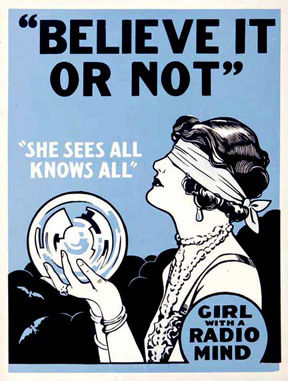Neuroscientists have known for some time that we do not have a “happy” center or an “anger” center of the brain, but rather these emotional states have unique patterns of activity. Now it appears that researchers can identify a person’s mental state rather accurately by comparing his/her patterns of activity to those of other participants.

Mind Reading Is Not What It Used to Be
Participants engaged in eight tasks, including reading, memorizing, and decision-making were scanned with fMRI. Researchers were able to pinpoint which of the eight activities were occurring with 80% accuracy. They were also able to determine whether participants were viewing faces, animals, houses, etc. from the fMRI data. More info on the project is available at lead author Stephen Jose Hanson’s website at Rutgers.
Hanson is interested in continuing his research to identify disorders of connectivity, possibly shedding further light on ADHD and autism, among others. Behind much of this basic research, however, is the more shadowy potential use in interrogation and justice. David Dobbs of Slate considers the potential of this new information here. Fortunately, ethics scholars are taking these issues seriously. The Stanford Center for Biomedical Ethics, among others, has some interesting material on imaging and ethics.


1 Comment
Stephmena · November 30, 2009 at 4:45 pm
It think that it is very interesting that researchers are able to see what people could possibly be thinking. But I think that this method of analysing a persons brainactivity isn’t exactly mind reading. It is very close though. It makes me wonder if they continue with their research is there a possibilty researcher could read peoples minds like sciences fiction? Its a wishful question but with all the modern technology we have at our disposal maybe there can be a better method. It’s a very interesting concept and research idea.
Comments are closed.